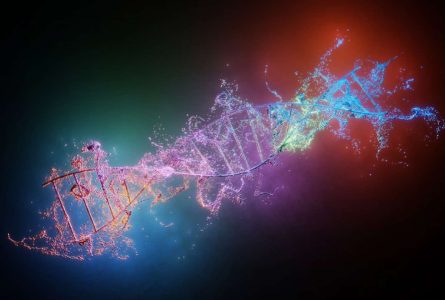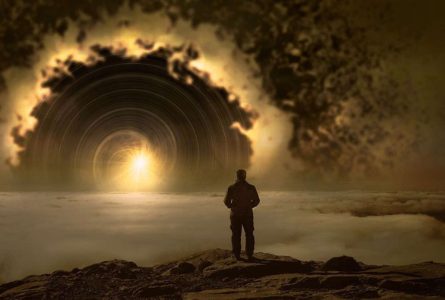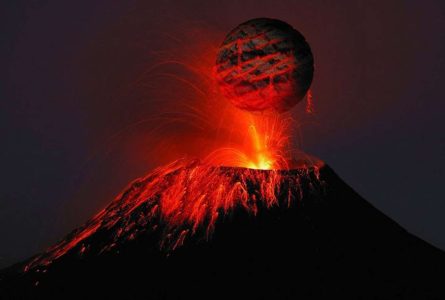15 Phenomena Science Can’t Explain, But Faith Might
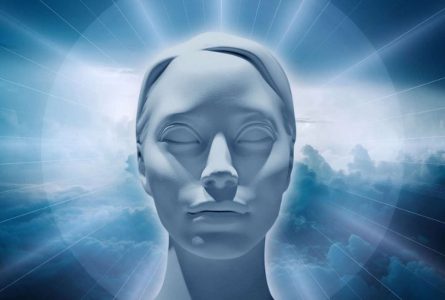
The concept of the soul is a central tenet of many religions and philosophies. It is often described as an immaterial or spiritual entity that gives life to the body and continues to exist after death. This intangible yet deeply felt aspect of human existence points to a divine spark within us, connecting us to something greater.

Human connection is the ability to form meaningful relationships with others. These relationships can involve emotional intimacy, shared experiences, and mutual support. Studies have shown that strong social connections are essential for mental and physical health. Pursuing human connection is a fundamental aspect of the human experience
While skeptics argue that miracles can be explained by chance or coincidence, believers maintain that they are evidence of a higher power. The concept of miracles has played a huge role in cultural and religious beliefs throughout history. Miracles are events that defy natural explanation and are many times attributed to divine intervention.
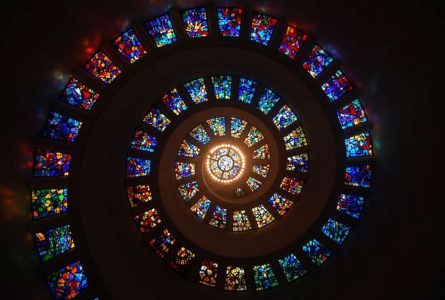
People who’ve been clinically dead time and again report similar experiences of out-of-body sensations, tunnels of light, and life reviews. Although some attribute these to dying brain activity, the consistency and profundity of these accounts continue to puzzle researchers and fuel debates about consciousness beyond death.
Countless individuals attest to prayer’s transformative effects. From inner peace to physical healing, the impact of communicating with God transcends scientific understanding. Whether or not you believe in the power of prayer, it is a practice that people of all cultures and faiths have embraced throughout history.

Consciousness is one of the most mysterious aspects of existence. Despite decades of research, scientists still need to clearly understand what it is and how it arises from the physical brain. In some theories, consciousness is considered a fundamental property of the universe. Nonetheless, life in its esoteric state is all about consciousness.
Many see God’s handiwork in nature’s intricacies, from DNA’s complexity to galaxies’ vastness. They argue that the harmony and beauty in creation reflect an intelligent designer rather than random chance and suggest that these features must result from a creator’s intentional design.
The universal sense of right and wrong across cultures is repeatedly attributed to God-given moral laws. This innate ethical compass is evidence of our creation in God’s image, guiding us towards righteousness. Notwithstanding, moral values can vary across cultures and individuals; they often involve honesty, kindness, compassion, and justice.
Even though scientific inquiry has focused on the physical aspects of existence, many people believe in a spiritual or metaphysical dimension that transcends the material world. Furthermore, science is currently changing perceptions to say that since everything in the universe needs to be preserved, our “souls” must go somewhere.
This mathematical pattern appears everywhere—in pinecones, sunflowers, and galaxies. It’s linked to the “golden ratio,” a proportion considered aesthetically pleasing. Why does nature follow this pattern so over and over? It’s as if the universe has a hidden code waiting to be deciphere
Do we genuinely make choices, or are we just following predetermined paths? Neuroscience suggests our brains make decisions before we’re conscious of them. Yet we feel like free agents. This paradox touches on fundamental questions about human nature, responsibility, and the essence of self.
Science excels at explaining “how” but struggles with “why.” Our search for significance often leads to spiritual exploration, as if an inner compass guides us toward our Creator. This universal human yearning hints at a higher calling, perhaps originating from God. The peace people find connecting with God suggests He is the source.
Throughout Earth’s history, several mass extinction events have wiped out a large portion of life on the planet. However, the causes of mass extinctions remain less specific, with some scientists suggesting they may be linked to volcanic activity, climate change, or even extraterrestrial factors.



